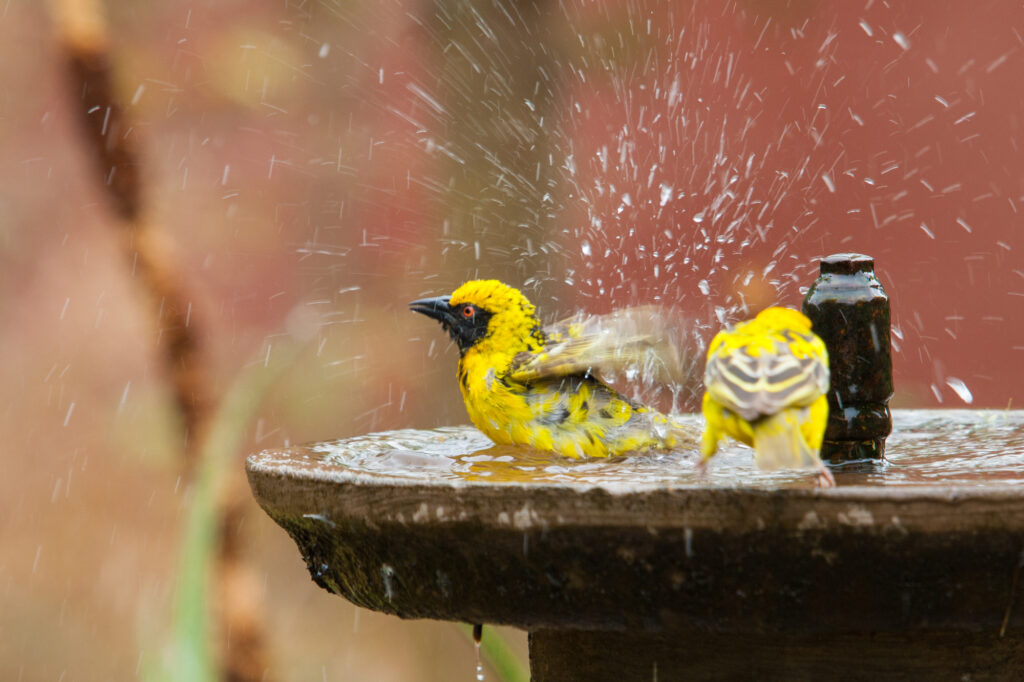A bird-friendly backyard doesn’t have to be a massive undertaking. Most improvements you can make with a few minor adjustments or implementing regular habits.
Likewise, some improvements cost a little time and money, yet bring fantastic results to your birding sessions. One way or another, there’s a solution out there with your name on it.
If you’ve been wondering how your backyard could become an irresistible paradise for your local bird population, read on. I have some tried-and-true methods for all budgets that you can incorporate into your daily or weekly habits.
If you’re short on time, below is a quick summary:
Key Takeaways
- It’s important to record your backyard activity before committing to good habits. If you don’t know your regular species, volume, or feeding patterns, your backyard won’t accommodate them well.
- Nurturing your flora or planting new species gives birds shade, food, and safety all in one. You can invest in long-term projects like trees or try faster-growing shrubbery and flowers.
- Straightforward habits like pesticide alternatives, adding brush piles, and changing your bird bath water regularly are easy to do and cost little to no money.
Regularly Observe and Record Your Most Common Visitors
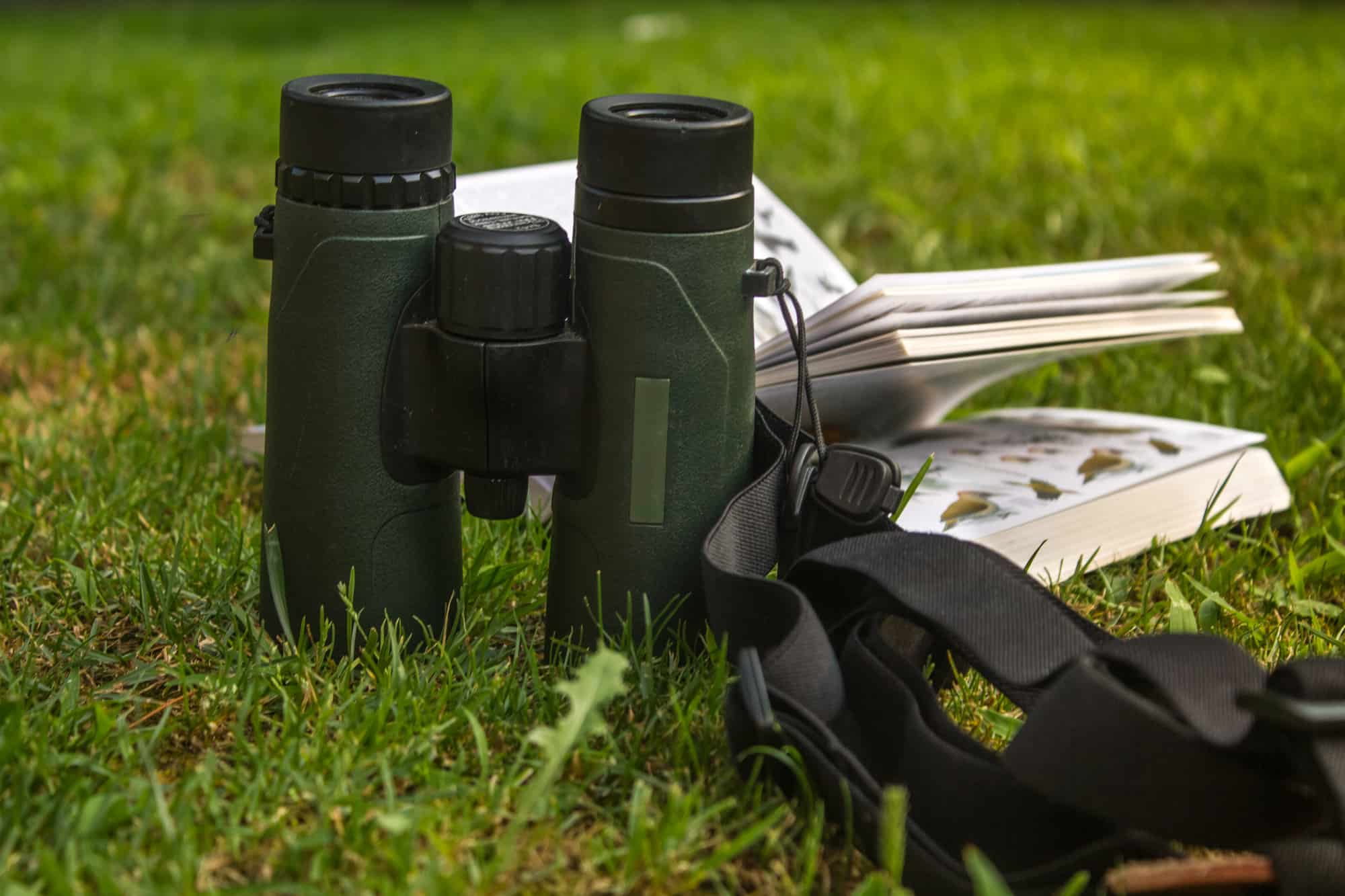
A habit any passionate birder should have in their back pocket is regular observation. How can you create a bird-friendly backyard if you don’t even know which birds swing by?
Pull out your phone notepad or a sheet of paper with a pen. Below is a step-by-step look at how to accurately observe and record your visitors so you can improve your backyard accordingly.
Narrow Down the Birds in Your Immediate Area
This simple step isn’t just for beginner birders – intermediate and experienced birders need to keep up with this, as well! You need to know which species are seen in your area so you know which food to buy or feeders to use.
The biggest reason you should make a regular habit of observing and recording is because these details can change. Habitat loss, climate change, and the unique quirks of different bird species are just a few contributors to bird population changes.
The temperature changes and unreliable food sources are particularly major reasons why you may see migratory birds arriving earlier or later than usual in your area. A species that used to be seen in your backyard all the time a few years ago may be quite scarce now.
Narrow Down the Birds By Time of Day
Your second order of business is to narrow down which birds visit you during certain times of day. This knowledge ensures you’re setting up your birding station at the right time – too early or too late can mean wasted food and money.
Some species get active pretty early in the day and stick around all day long, like the northern mockingbird and the American robin. Other birds, like the yellow-breasted chat, become pretty chatty and active in the evening (and sometimes at night).
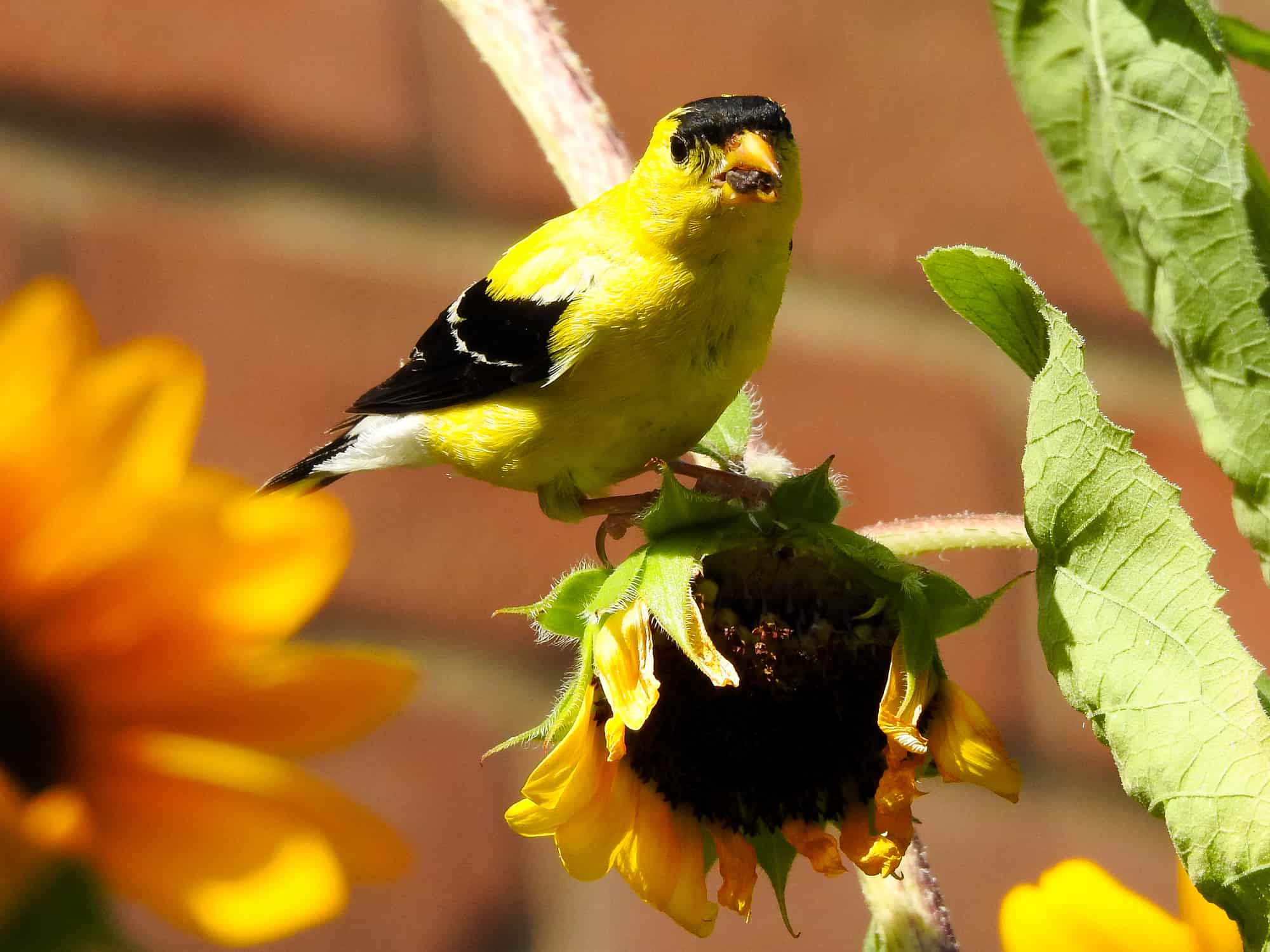
Narrow Down the Birds By Season
Once you have a good idea as to which birds are in your area and what time of day they’re most active, it’s time to switch to the season. Some birds linger all year round, while others are strictly migratory.
For example, the evening grosbeak is a dashing black, yellow, and white bird that sometimes sticks in one place year-round. However, they sometimes travel pretty far for the winter — they could be worth attracting if you’ve ever glimpsed them in the area.
Another example is the stunning rose-breasted grosbeak. They’re part of the same family, yet they travel around much more consistently to breed or hunker down for the winter.
Narrow Down the Birds By Volume
Last but not least, it’s time to adjust how many birds are visiting your feeder on a daily or weekly basis. This information is vital to ensure you’re buying enough food and you’re cleaning regularly.
If you don’t get a lot of activity, you don’t have to clean your feeder or bird bath quite as often. Seed feeders don’t need cleaning more than once every two weeks (unless you’ve been dealing with rainy or humid weather).
Every two weeks is usually enough for hummingbird feeders, too, unless the weather is hot. In this case, you should clean them every week to avoid spoilage.
A bird bath needs to be cleaned slightly more often every few days with limited activity. A very active backyard, though, should be daily.
Actively Nurture Your Plant Life
Would you want to eat somewhere drab and dirty? Nurturing your plant life to keep it lush and healthy will do wonders to get birds to eat, drink, and socialize in your backyard regularly.
Below are a few daily or weekly habits you should implement to create a bird-friendly garden.
Maintain Your Trees and Shrubs To Provide Relief From the Heat
If your trees and shrubs are starting to look a little wilted, it’s time to come up with a maintenance regimen to bring them back to life. Most bird species are fond of lush foliage because it gives them relief from the heat.
It’s fine if you’re not an expert on plant life. There are many wonderful resources offering advice on which fertilizer to buy, how often to prune your leaves, and disease prevention.
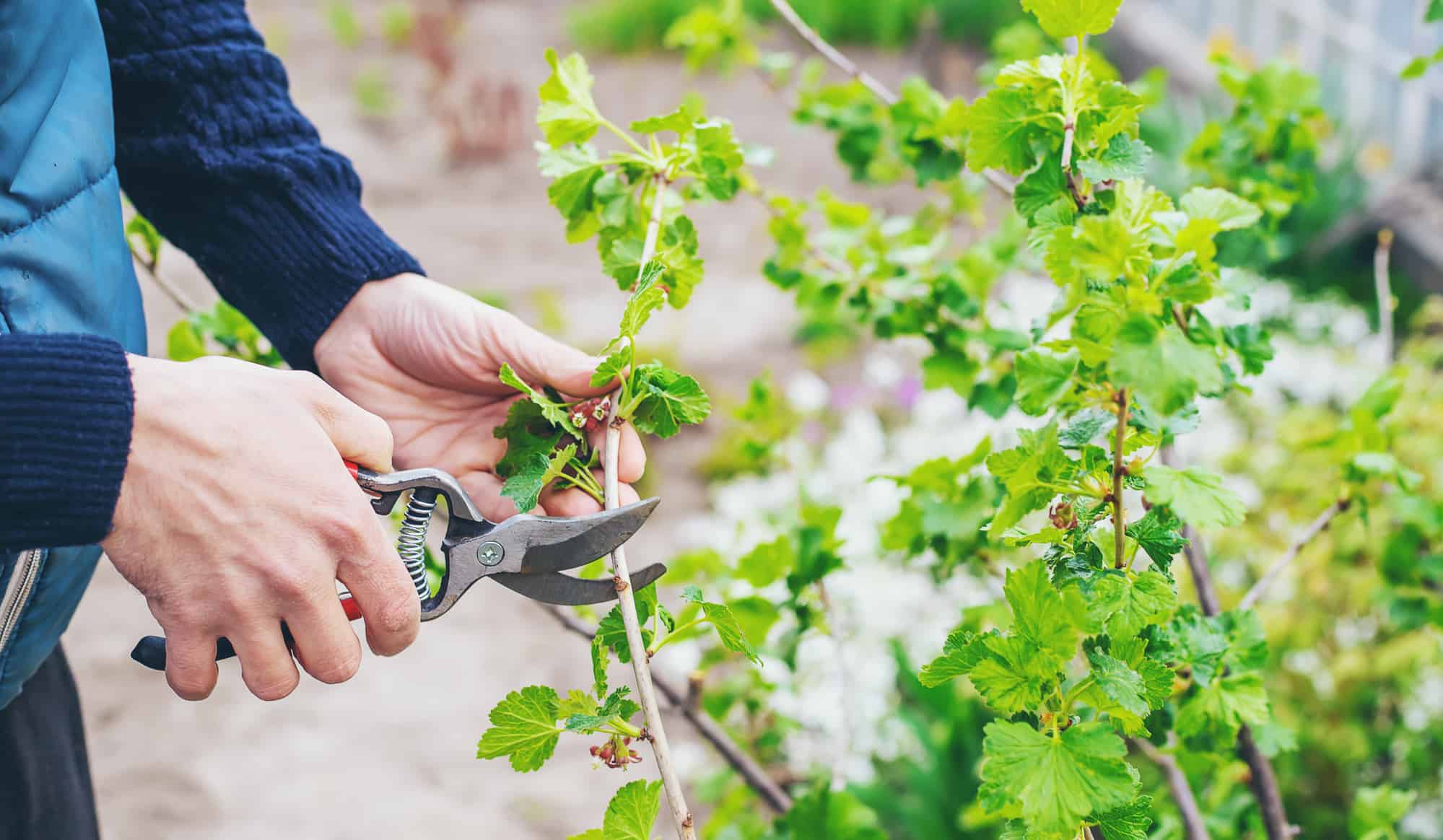
While I’m no arborist, one of my top tips to keep your trees and shrubs healthy is to avoid over-pruning. Pruning your leaves and branches too much causes stress on the plant, making it harder for them to grow back.
This mistake also provides even less shade for your birds if they need to duck out of the sunlight. When it comes to bird-friendly backyard habits, less truly is more.
Abundant Plant Life Also Means Protection From Predators
Another good reason to maintain the health of your trees and shrubs is to keep your birds safe. Many bird species will outright refuse to eat or socialize in an area that’s too bare.
The eastern towhee is a lovely bird with coffee-colored feathers that vastly prefers thickets and underbrush when feeding. They’ll likely pass over a flat and spacious backyard but will be attracted to a yard stuffed full of shrubs and trees.
Since they sometimes stick around all year long, they may decide to live in your backyard!
Think about all the other bird species you could be inviting over – or providing long-term room and board – if you spruced up your plant life a little.
Berry Bushes and Fruit Trees Mean Extra Food
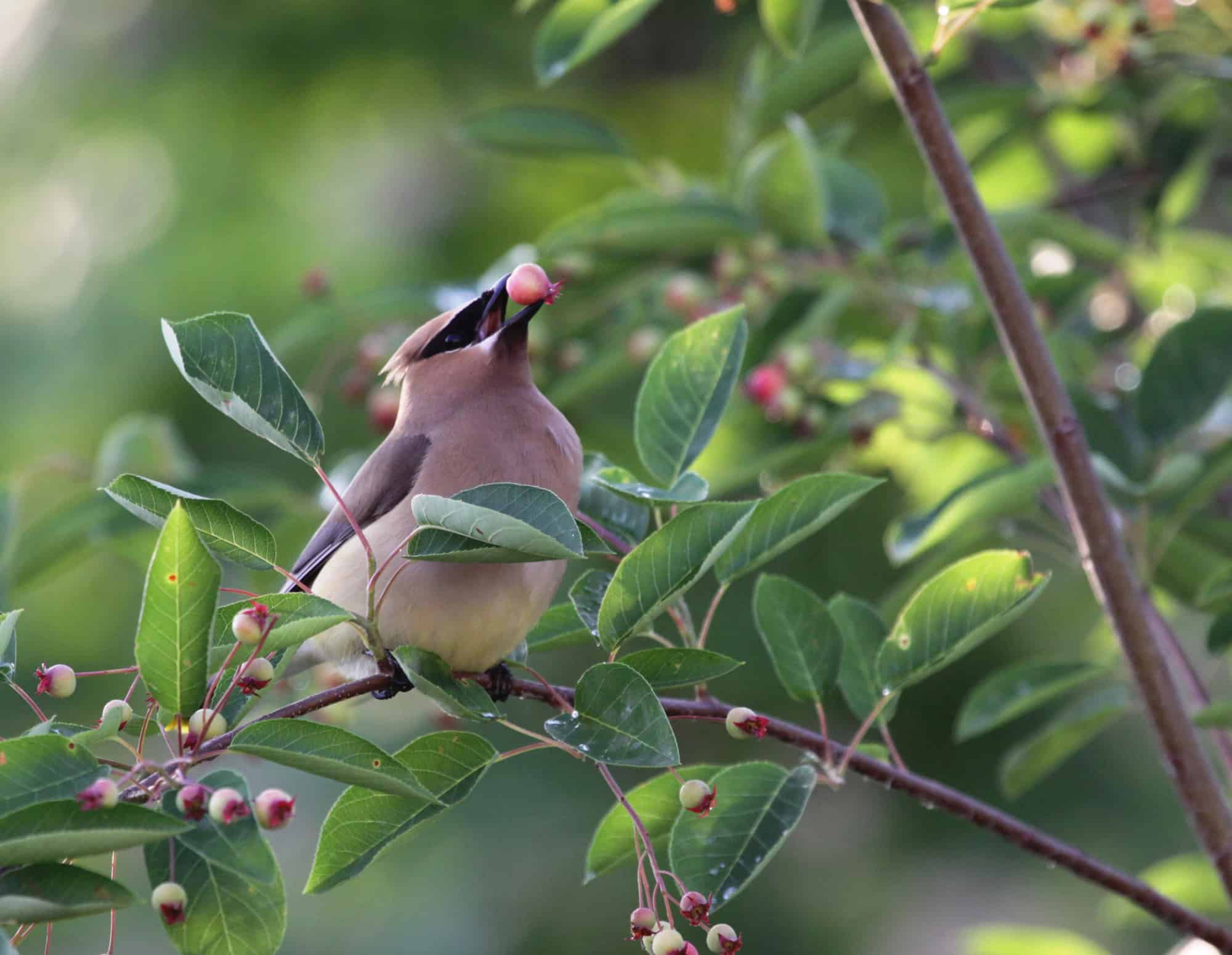
Last but not least, breathe some fresh life into your berry bushes or fruit trees if you have any. Many birds love these not just for shade and protection, but because they offer extra meals.
Some of the most popular berry bushes for bird species include:
- Serviceberry
- Winterberry
- Dogwood
- Blackberry
- Blueberry
Likewise, if you have some fruit trees that you haven’t tended to in a while, you could have a (literally) ripe opportunity to attract more birds. Some of their favorites are:
- Crabapple
- Apple
- Pear
- Cherry
- Plum
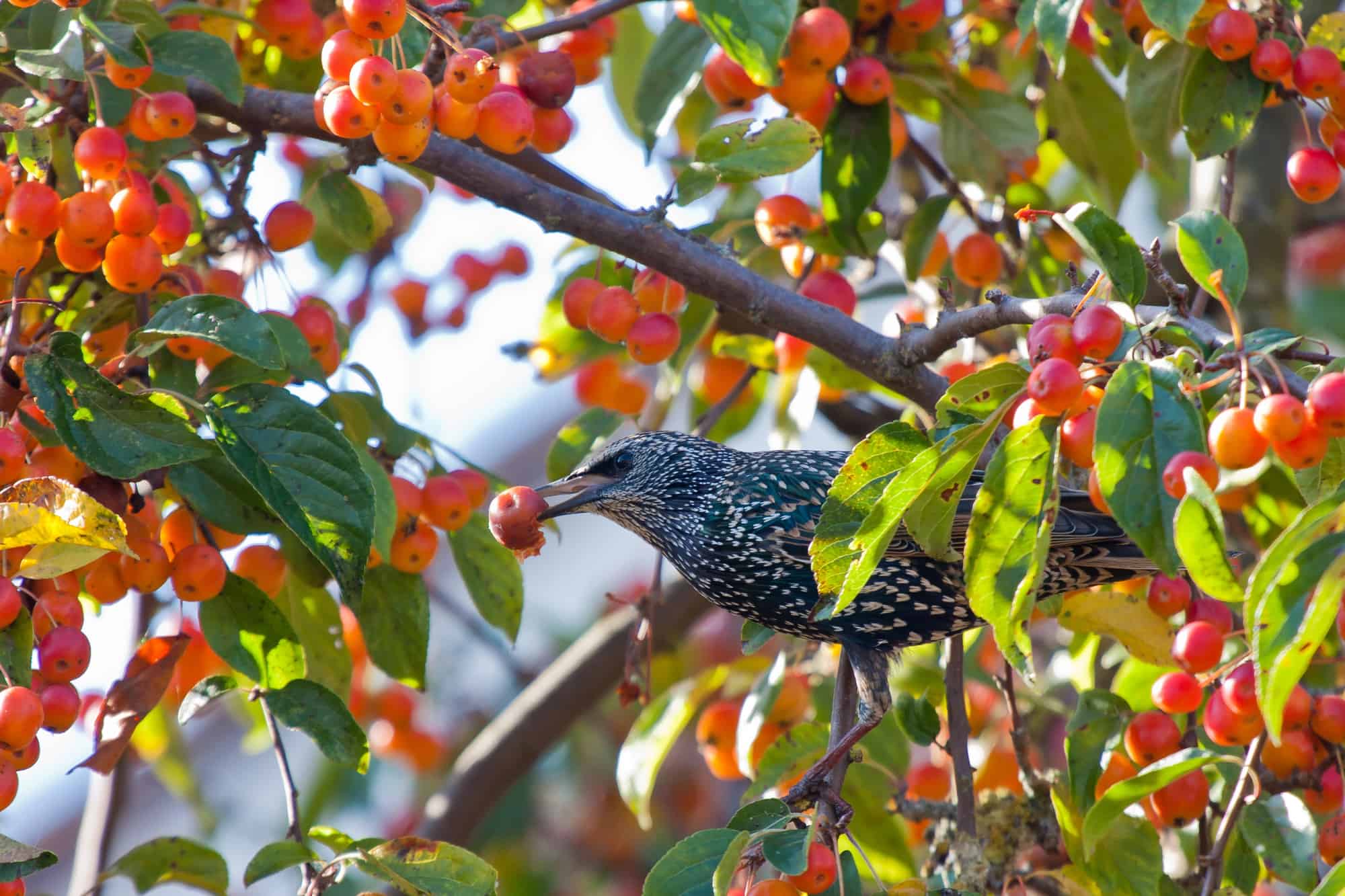
Periodically Plant More Native Species
Not only should you nurture what’s already in your backyard, you should periodically plant new additions. Refreshing your backyard with new flowers, shrubs, or trees can be a great way to invite brand-new species.
Below are a few ideas you can try to increase the population of visiting birds or year-round residents.
Fruit Shrubs Are Attractive To Foraging Birds
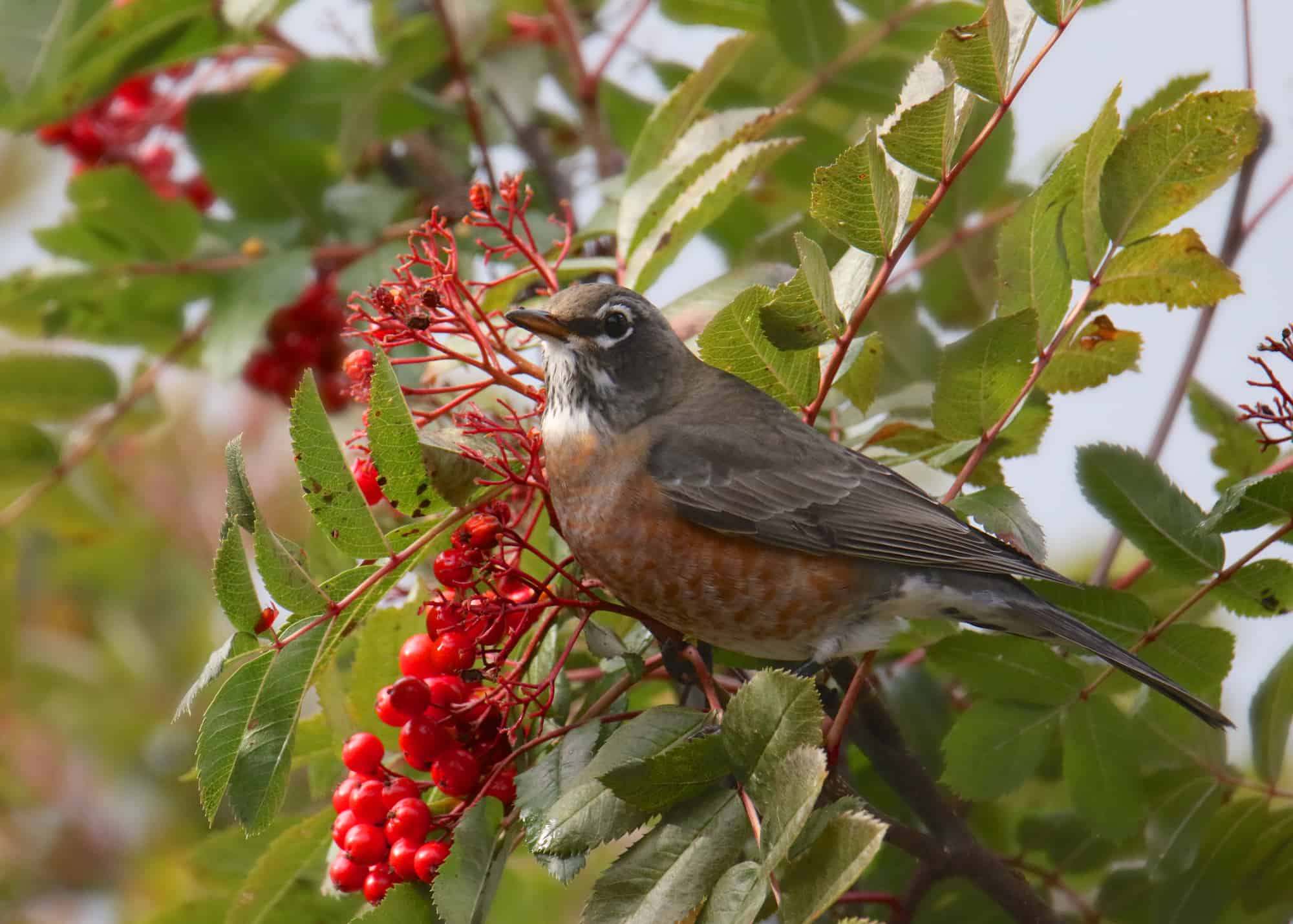
Shrubs are very attractive to foraging birds who eat insects and seeds or dig around for worms. When you plant some that bear fruit, you also attract berry-eating birds.
You can strategically plant these around your backyard near trees or in the corner of a fence so they’re not too close to people.
Just a few charming birds that are fond of foraging around in berry bushes are:
- Dark-eyed junco
- Yellow-throated vireo
- American robin
Just remember that not all berries are safe for humans or pets to eat. Likewise, double-check the native plants in your state to make sure they don’t clash with the local flora.
Flowers Are a Must for Hummingbird Populations
I make no bones about how much I adore flowers. Many bird species are the same way, gravitating to flower bushes where they can sip nectar or eat the insects flitting about.
A common mistake birders make with hummingbird feeders is not having surrounding flowers nearby. While your feeder is a tasty option they’ll love, it still won’t replace natural nectar!
Hummingbirds are big fans of the following flower species:
- Petunias
- Honeysuckle
- Zinnia
- Hibiscus
- Sage
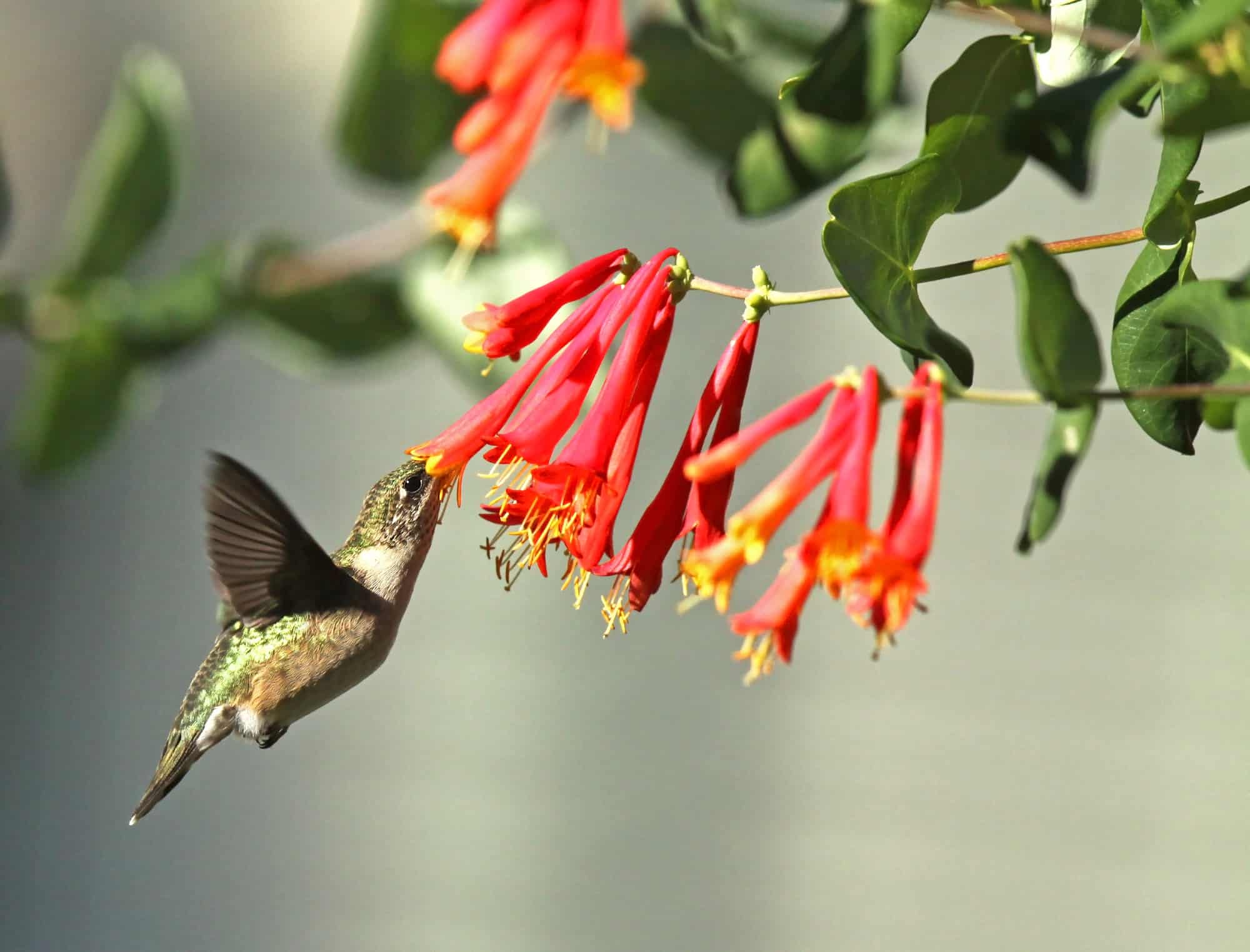
Flowers usually take around three months to grow after planting them, so some species can grow as fast as two months. Just like with fruit shrubs, double-check that these flowers are native to your area so you don’t cause problems for local wildlife.
Conifer Trees Are Essential for Seed Eating Birds
Some bird species have highly specialized diets that revolve around conifer trees. If you don’t always feel like going on a nature walk to spot them, consider planting a conifer tree in your backyard.

A few bird species that gravitate to conifers include (but aren’t limited to):
- Chickadees
- Grosbeaks
- Nuthatches
Some bird species are also highly adapted to conifer trees, such as the two-barred crossbill. Their unique criss-crossed beak can slip between the narrow gaps in a cone and tug out the seeds inside.
Taller Trees Are Appealing To Certain Nesting Types
Do you have the room – and patience – to plant a taller tree? Some birds greatly prefer taller trees when roosting or socializing with other birds, so this option could pay off handsomely in a few years.
Weeping willows are a beloved tree for birds due to their gnarled branches and tall size. While they take two decades to reach their full height, they grow pretty fast per year – up to eight inches in a year.
If you don’t plan on moving anytime soon, nurturing a willow tree or another tall tree species could be one of your best backyard birding investments.
The white-breasted nuthatch and multiple woodpecker species are just a few examples of birds that prefer taller, more mature trees.

Periodically Replace Your Brush Piles for Foragers
If planting new trees is too time-consuming and you’ve already done research into local species, give brush piles a try. They’re a fast, cheap way to make your backyard extra bird-friendly.
A brush pile is made out of leaves, twigs, decaying branches, pinecones, and chunks of earth. Not unlike the piles you’d run across while out hiking on a mountain trail.
Brush piles are irresistible to birds who are often on the ground foraging for food. Brush piles quickly gather up moisture, breeding mold or mushrooms that bring out all kinds of insect species.
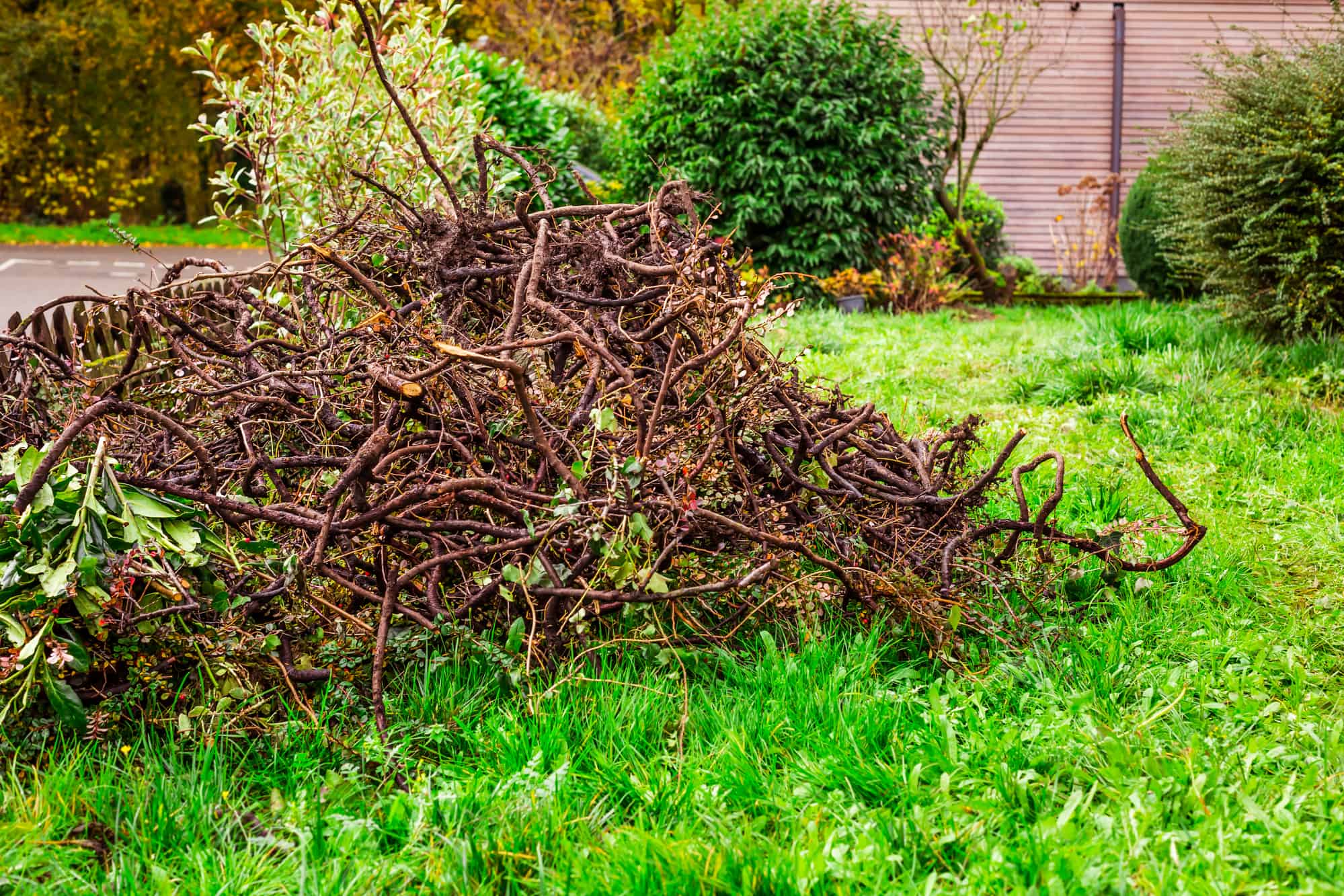
When you use these, you’ll see all sorts of wrens and warblers diving into them for a meal. You may even see them using the brush pile as a nest site!
These piles can be as small as a few feet wide to several feet wide, depending on how much room you have in your backyard. I recommend putting them somewhere out of the way – you don’t want them bringing insects right onto your nice, clean porch.
Keep Your Nest Boxes Clean and Appealing
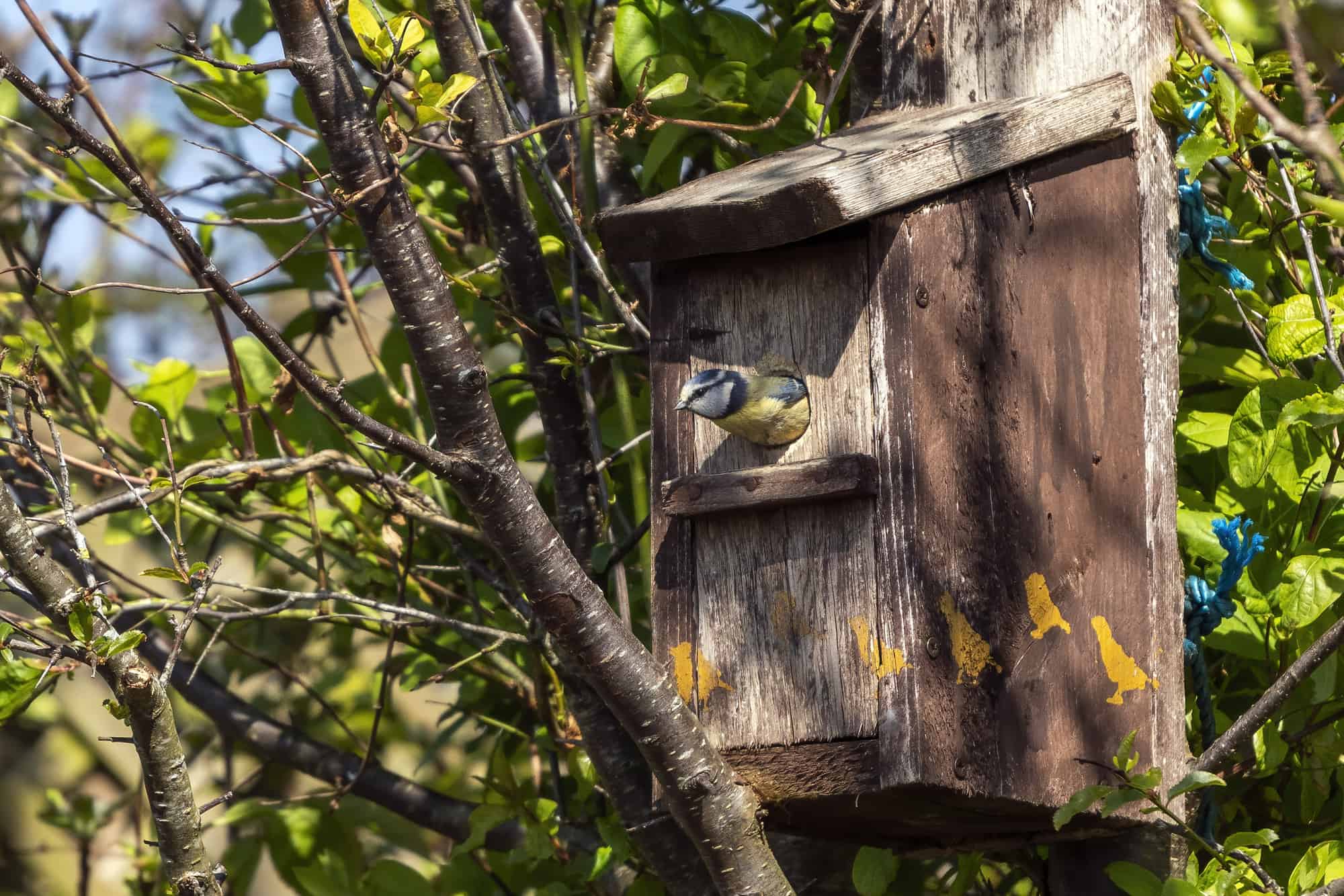
Do you want bird species to hang out in your backyard in the long term? Make sure to periodically keep your nest boxes clean so they’re more likely to set up shop.
Chickadees, ducks, and bluebirds are just a few species that adore nest boxes. Nest boxes don’t need to be spotless, of course, but they should be free of issues like:
- Mold
- Stray food
- Animal droppings
Sadly, other animals like mice may sometimes take roost in your nest box. Checking your boxes every week or two will ensure you’re catching unwanted visitors.
If you’ve never put together a nest box before and want to give it a shot, check out this video from Frederick Dunn. You can reuse nest boxes after a brief cleaning session, making them a must-have addition to a bird-friendly garden.
Keeping Fresh Water Will Ensure Birds Come Back
Wild birds may live in nature, but that doesn’t mean they enjoy drinking or bathing in filthy water. I can’t stress enough how important it is to regularly change out your water to take care of your backyard birds.
Bird activity often leaves droppings, feathers, and dirt in the water, so keeping it clean will make birds feel more at home. Not only do birds enjoy bird baths for an easy drink or wash session, but clean water may even help relieve the itchiness that comes with molting.
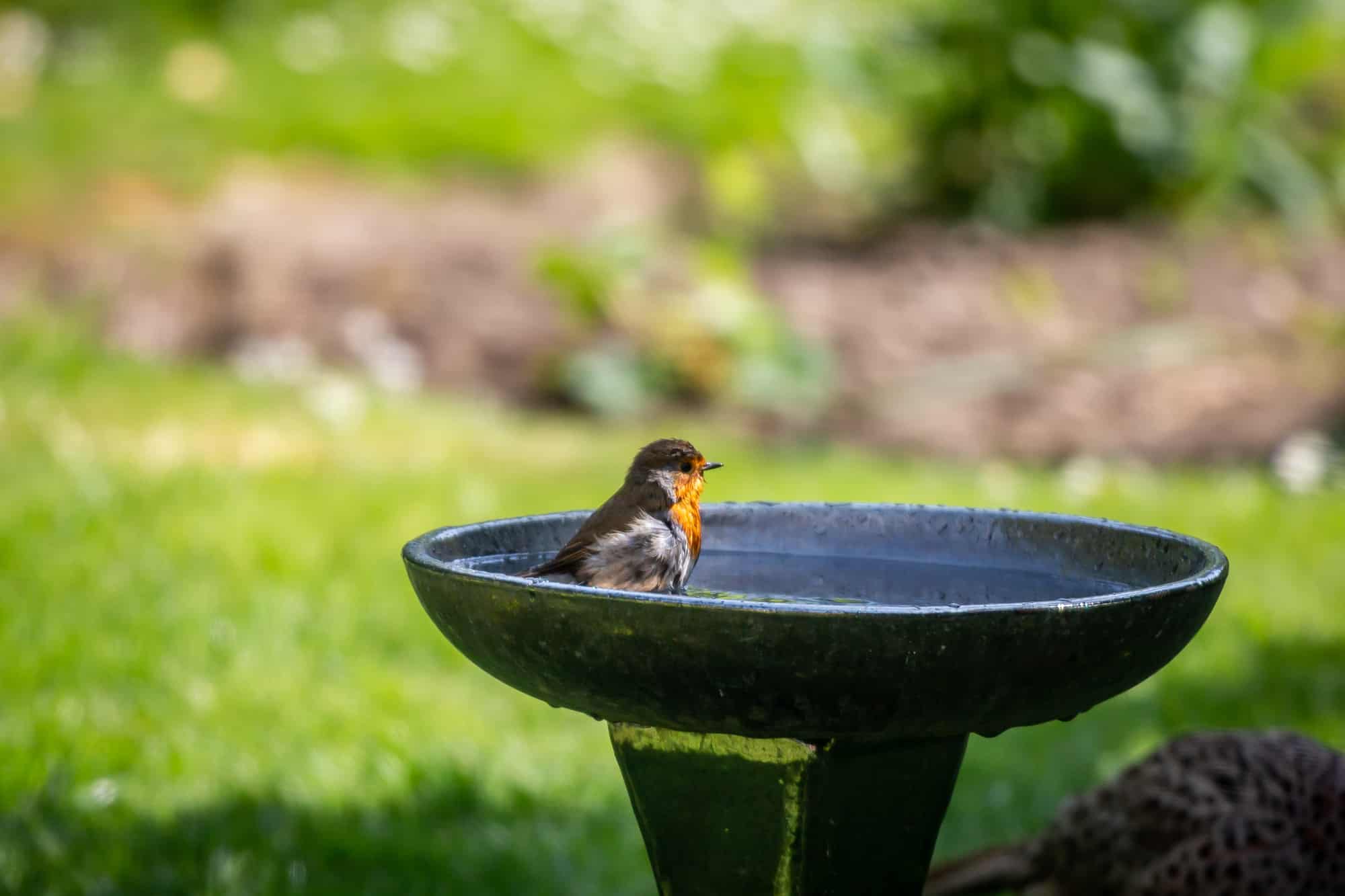
If you already carried out some observing and recording regarding bird activity, you likely have a clue on when to clean out your bird bath. Birders with very active backyards should clean out their bird bath every day or every other day.
If your bird bath is under a tree where it can gather debris like twigs and branches, then definitely clean it every day.
A less active bird bath may only need cleaning every two to three days. Give your backyard birding habits some thought, then commit to a regular habit – you’ll literally see the difference.
Use Organic Alternatives to Pesticides
Pesticides have rightfully come under a lot of scrutiny lately for the damage they can do to humans, wildlife, and flora. Fortunately, there are organic alternatives you can get into the habit of using.
If you’re tired of insects chewing away in your garden, you can use safer alternatives like neem oil or diatomaceous earth to reduce their presence. Even household staples like peppermint and thyme are proven to reduce common pest activity!
While some bird species will happily eat these very insects, fruit and seed-eating birds may be hard to attract if these insects keep eating all the food.
Periodically Add a Range of Heights and Perching Locations
Last but not least, look at your backyard as an ongoing project rather than a static location. Periodically adding new perching locations is a great way to keep your backyard dynamic enough to attract all sorts of species.
Birds enjoy different perching heights depending on their size and species. For example, multiple finch species enjoy high perches where they can better observe their environment and spot predators more easily.
Other birds enjoy higher locations where they can build a safer nest. Needless to say, this would have to be a branch rather than a pole or a wire.
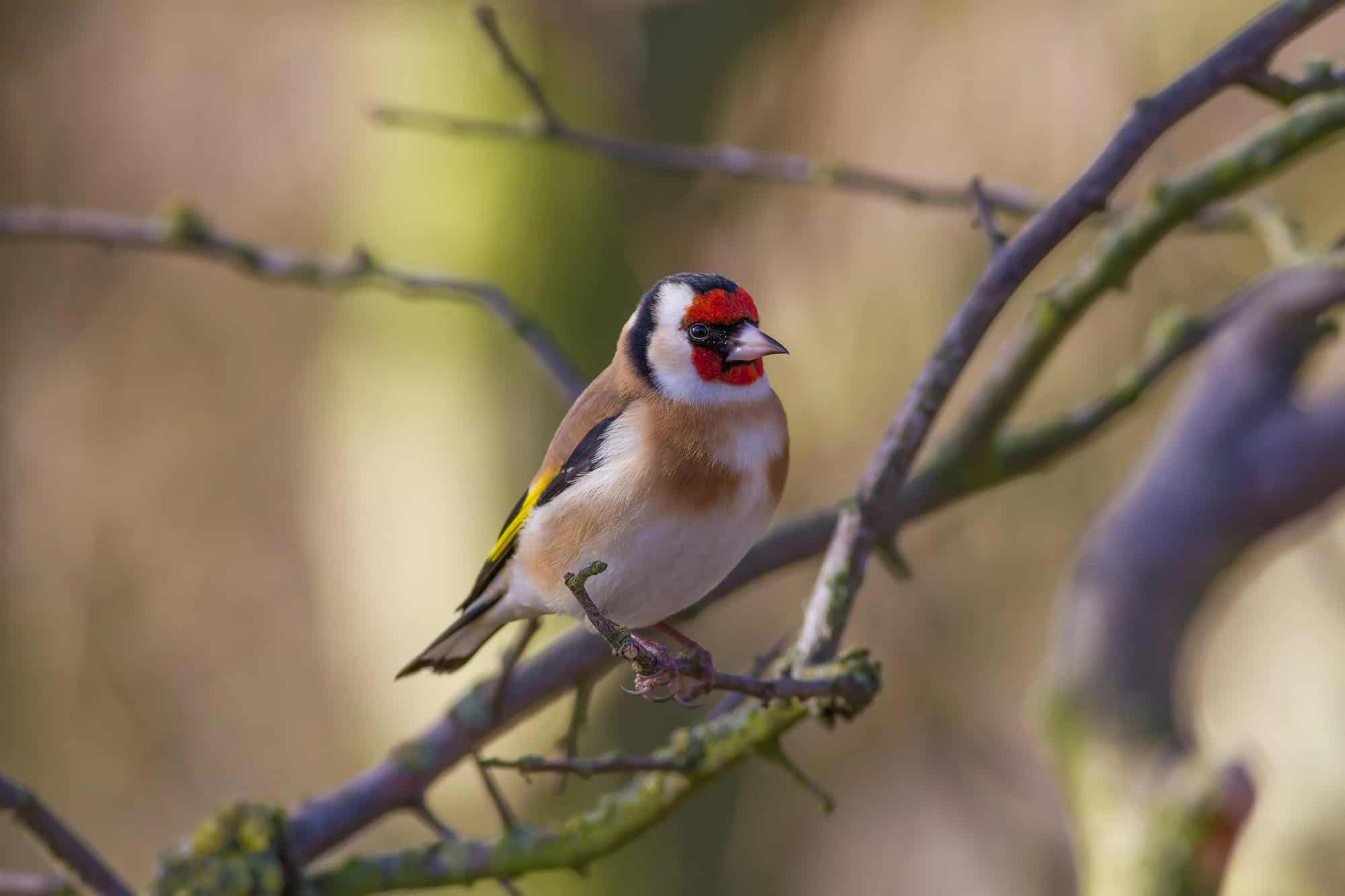
A few perch ideas you can consider adding to your backyard are:
- A custom wooden perch
- Planting new trees
- Taller brush piles made of branches
Good Habits Separate an Okay Backyard From a Thriving One
The above habits may not feel entirely natural at first, but that’s more than okay. Growing as a birder means gradually adding minor and major habits to your toolkit over time.
Most of these habits don’t cost any money, while some will require some time and investment. However, all of them require an ongoing commitment to ensure they bear fruit (in some cases, literally).
Just like you tend a garden, your backyard needs to be treated like an ongoing project rather than a one-and-done. Your simple habits are how you get bird species coming back for more, inviting their friends, and creating nests.
Need more help putting together a thriving bird-friendly backyard? Check out these articles:

